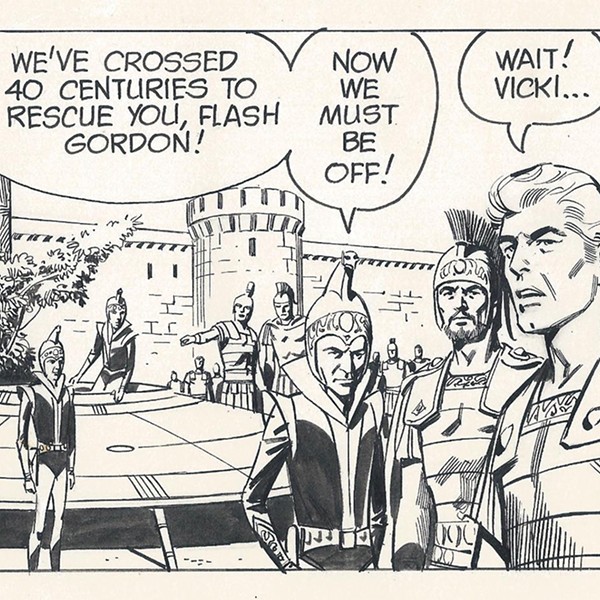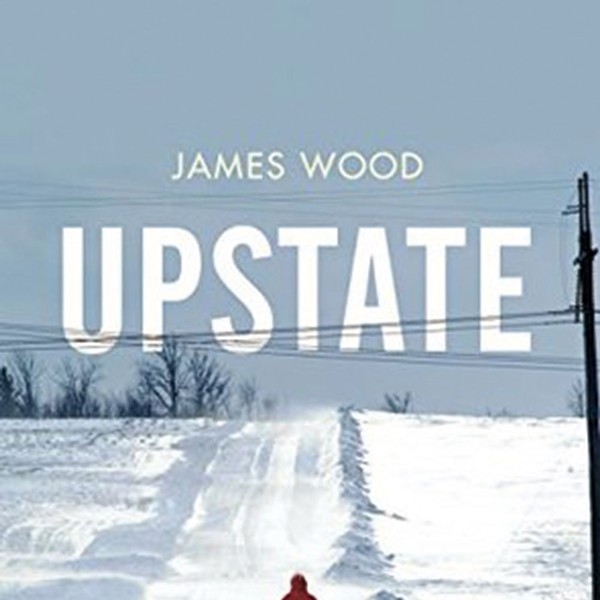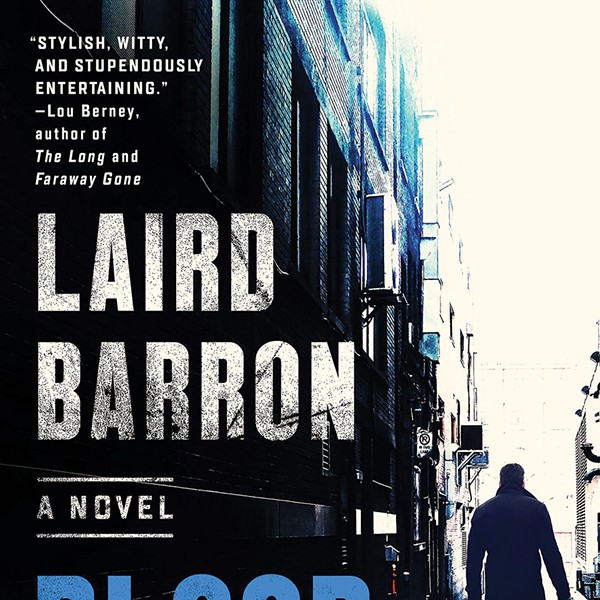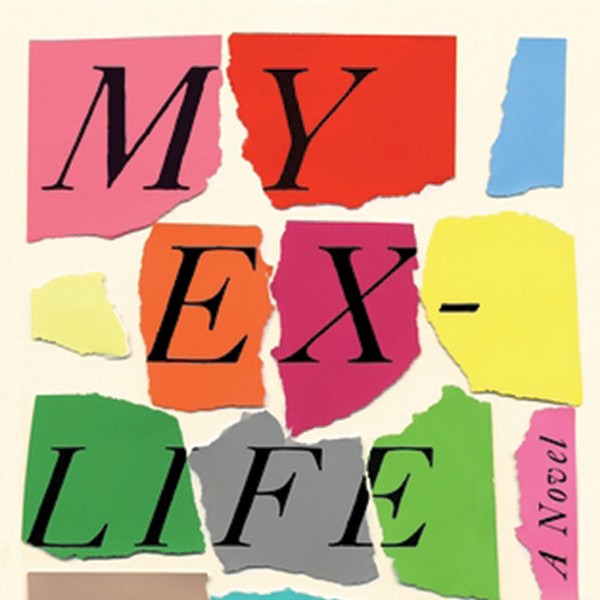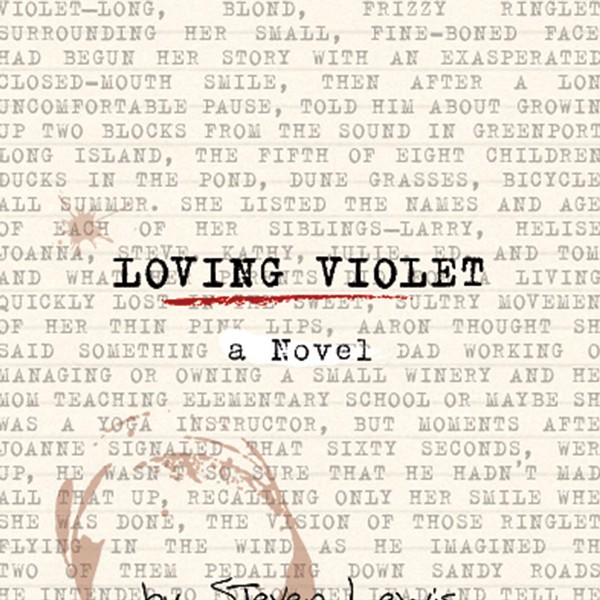
Cartoonist and writer Jessica Abel began producing comics during the mid 1980s while she was a student at the University of Chicago, where she drew her first full-length one—an outer-space version of Medea—to get out of writing a final paper for Classics 101; she earned an A on it. Gaining acclaim with her illustrated short-story series, Artbabe, first self-published through a Xeric Grant and later compiled as the Fantagraphics title Mirror, Window (2000), Abel rose to prominence with the release of her Harvey Award-winning graphic novel La Perdida (2006, Pantheon), about American expatriates in Mexico City. She is also the author of a textbook about making comics, Drawing Words & Writing Pictures (2008, First Second; written with her husband, Matt Madden, her series co-editor for Houghton Mifflin’s The Best American Comics 2008), and a collaborator with Ira Glass on Radio: An Illustrated Guide (WBEZ Alliance, 1999), a nonfiction comic about Chicago Public Radio's broadcast “This American Life.” Her work was recently featured in "Lit Graphic: The World of the Graphic Novel," an exhibition at the Norman Rockwell Museum. Abel has lectured widely, speaking at the University of Ohio’s Wexner Center for the Arts and London’s Institute of Contemporary Arts. She currently teaches at Manhattan’s School of Visual Arts.
What is the first thing you did in your studio today?
Answered e-mail.
What typically happens after you finish pedestrian chores like that?
If I’m in the middle of something the first thing might be to do a thumbnail, which is a sketch version of a page, or to go straight to a layout with a ruler, or straight to lettering or sketching a layout.
Your drawing and lettering style changed during a sojourn you took in Mexico. How has your work evolved over the years?
The major point of my switch was because I’d grown fairly unhappy with how the work in Artbabe was turning out. The figures seemed fine but the world around them seemed stiff. The style was striving for complete realism. If you draw a room and leave the molding off it’s not real. I knew I was going to fail at perfect realism and make myself crazy. I asked Matt to help by giving me drawing exercises to see what I would do differently. I began drawing pages over and over—larger and smaller—to see what I preferred. I also started modeling and drawing my own version of other people’s comics to see what came out. I made a 16-page mini-comic in this brushy style, which I developed in La Perdida.
The main difference in my newer work is the scale. In Artbabe, there are small, quiet, Midwestern stories. In La Perdida, the larger canvas and range of emotion is more challenging.
You and Matt Madden just put out a terrific how-to guide based on a course you teach at SVA. Can you talk about what inspired the book and the collaborative process?
The course I regularly teach is actually [on] storytelling. Because SVA offers a degree in comics and students get the principles of cartooning and drawing in other classes, storytelling allows room in their curriculum to investigate comics from a different perspective. Drawing Words & Writing Pictures is the first-of-its-kind guide, designed with a complete pedagogy in mind. You could go through the book in a 15-week course—which is how we wrote it—or expand it for use in a yearlong class. We’re saying that if a course only lasts one semester, these are the basic skills students should know to be on their own, making comics. We’re starting to think about our second volume.
Another of your recent collaborations, Life Sucks (First Second, 2008), about a vampire who works the night shift, was written with Gabriel Soria and illustrated by Warren Pleece. How did that project come about?
The process was quite different for me. I started working on it at the same time as La Perdida, but, unlike in that book, it’s a story that doesn’t depend on the subtlety of a raised eyebrow. I knew I could write it, but I had no interest in drawing a convenience store for a hundred pages, so collaboration seemed like a natural process after I sold the script to First Second. I’d been a big fan of Warren, who is a British cartoonist, for some time, since finding his work in the anthology Deadline. To be able to work with Warren was really fun.
Why do you think comic books and graphic novels have become so popular?
Comics as a medium have grown a ton in the last 20 years. Before that, the groundwork was being laid, the history was there, but it was not out in the open. You buy Maus [Art Spiegelman’s Pulitzer Prize-winning Holocaust account], but what do you buy next? My generation of comic artists is the first to be attempting something serious and deep and people keep being interested in making comics. So if you increase the possibility of getting great work, you increase the possibility that there will be a genius in the bunch.
Jessica Abel will present a free public lecture followed by a book signing at SUNY New Paltz’s Lecture Center 100 on October 16 at 7pm. (845) 257-2727; www.newpaltz.edu.









